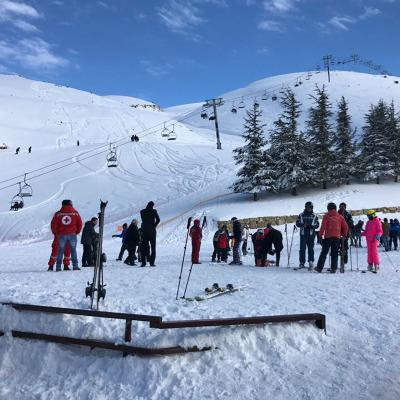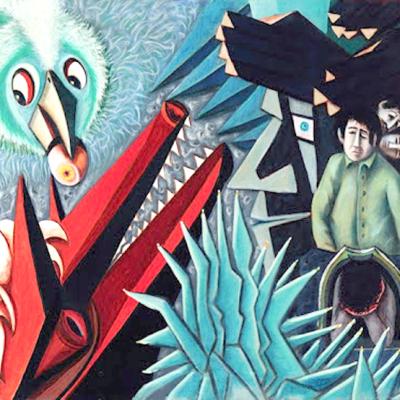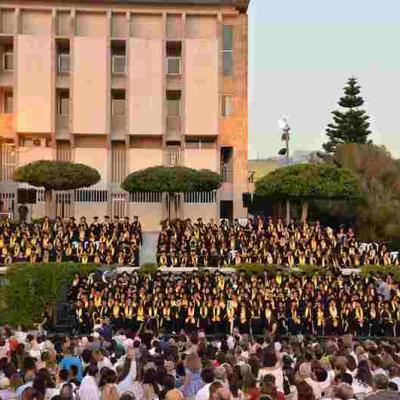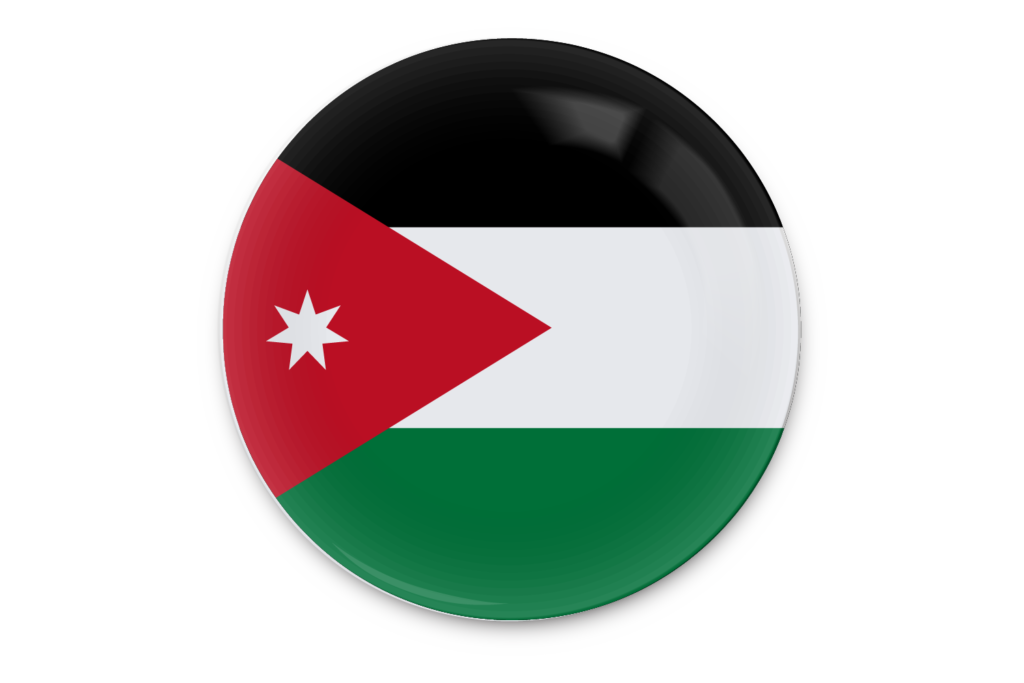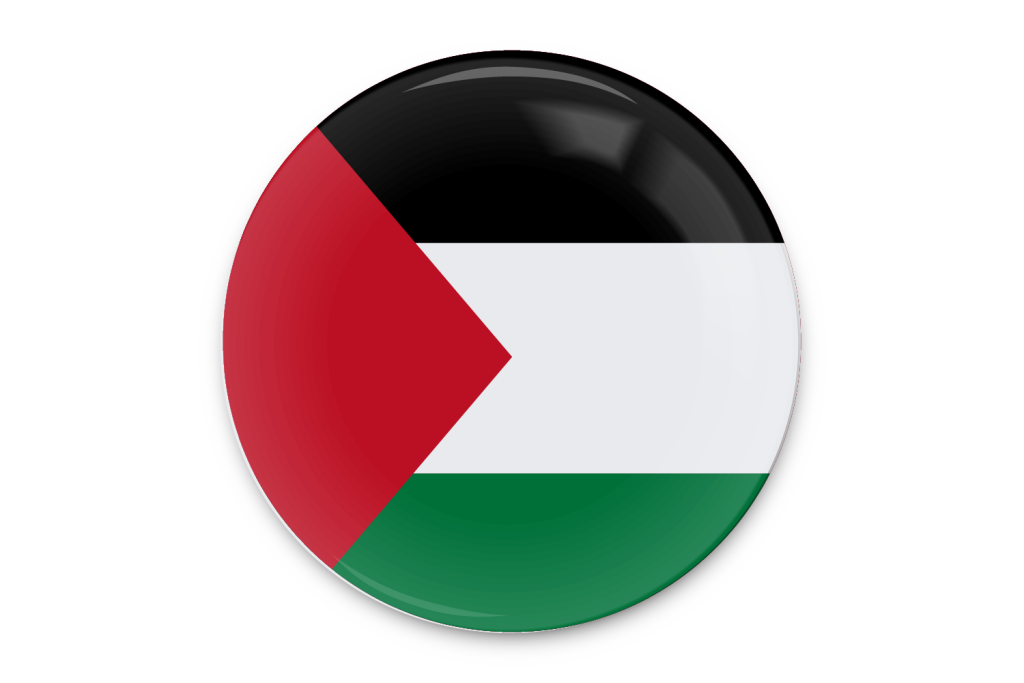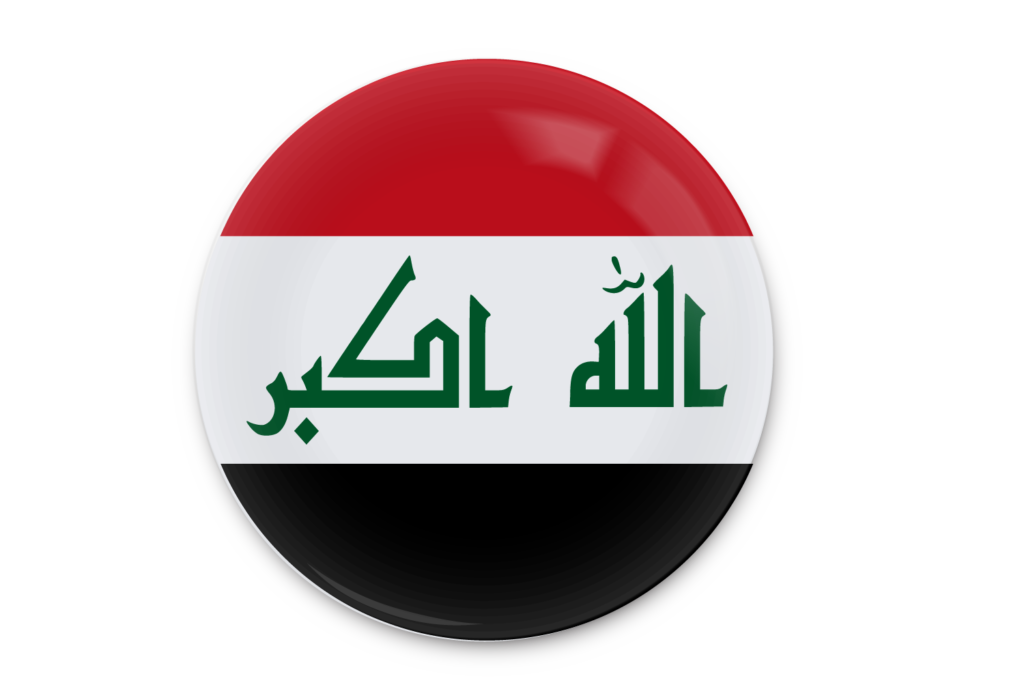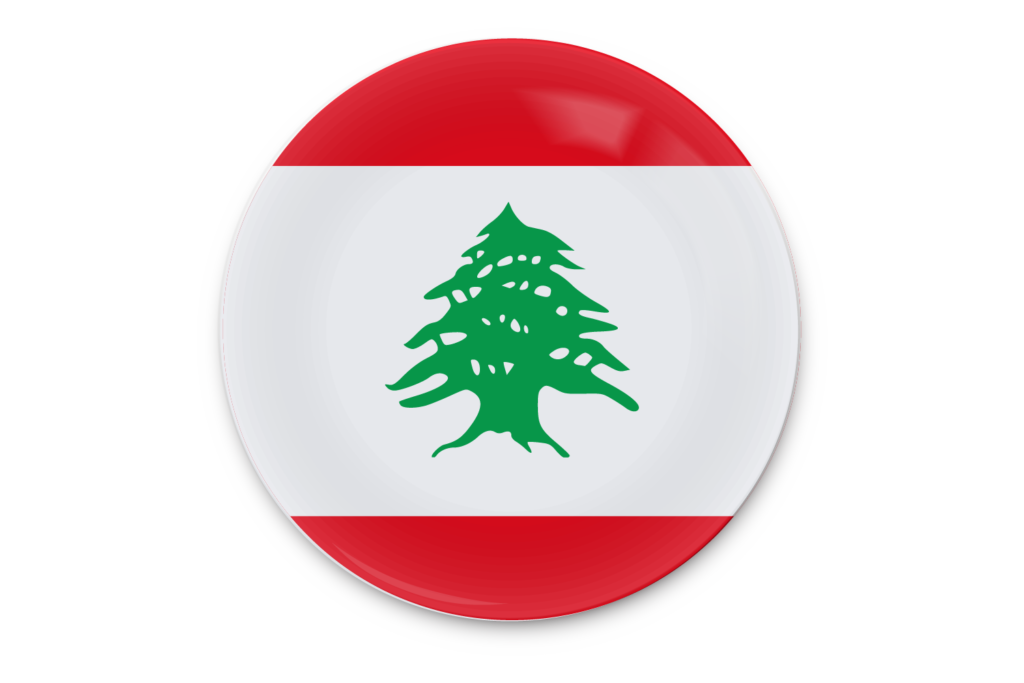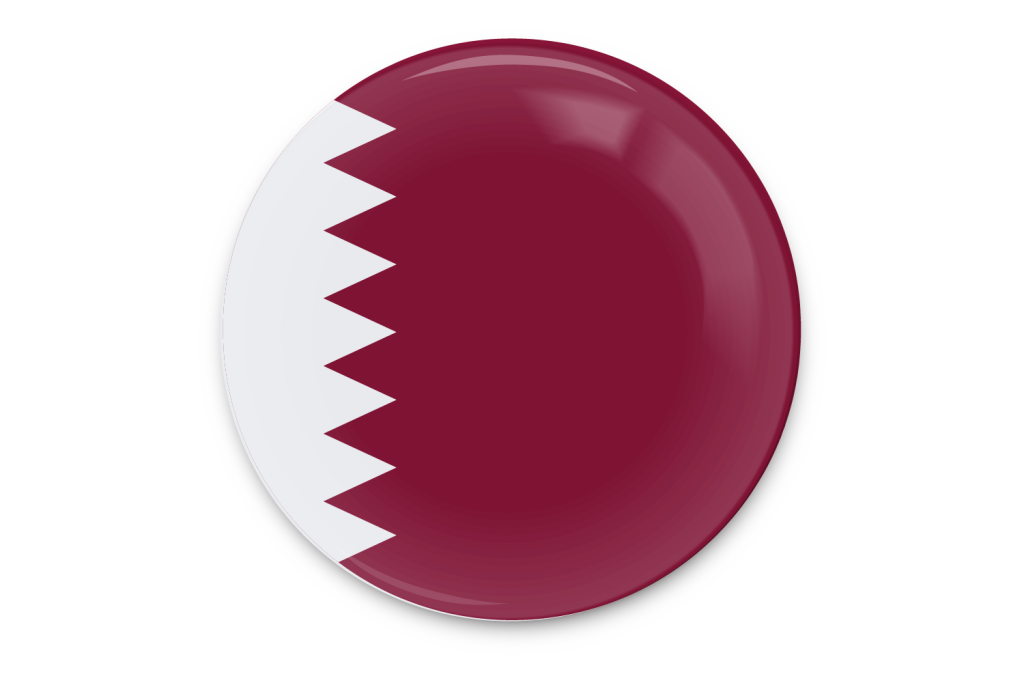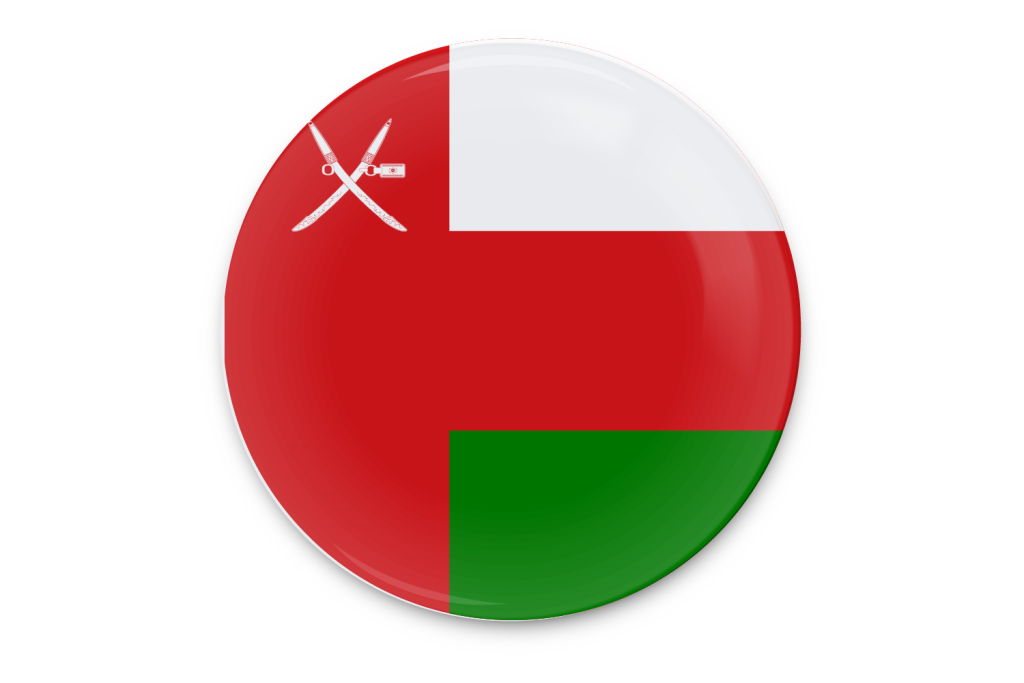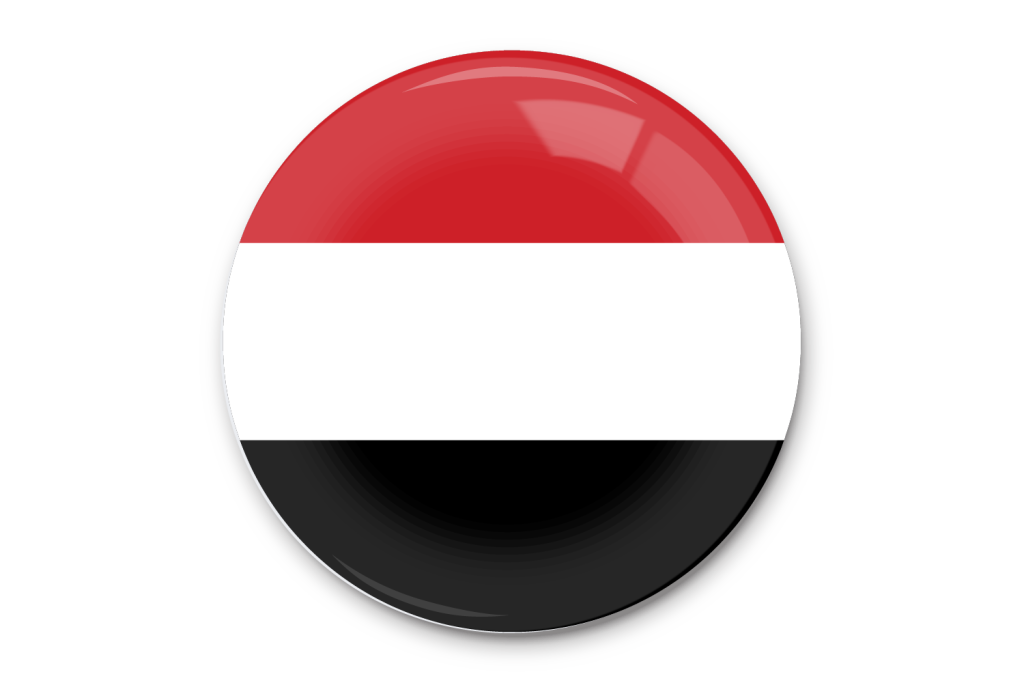Culture of Lebanon
The tourism industry in Lebanon has been historically important to the local economy and remains to this day to be a major source of revenue for Lebanon.
Before the Lebanese Civil War, Beirut was widely regarded as "The Paris of the Middle East," often cited as a financial and business hub where visitors could experience the Levantine Mediterranean culture, cuisine, history, archaeology, and architecture of Lebanon.
From Stone Age settlements to Phoenician city-states, from Roman temples to rock-cut hermitages, from Crusader Castles to Mamluk mosques and Ottoman hammams, the country's historical and archaeological sites are displayed all across the country reflecting ancient and modern world history.
Lebanon has a long-standing history of cultural tourism. Interest in the Lebanese Levantine culture was stirred following the visits of many European orientalists, scholars and poets particularly Alphonse de Lamartine, Ernest Renan and Victor Guérin. Lebanon's diverse atmosphere and ancient history make it an important destination which is slowly rebuilding itself after continued turmoil.
Lebanon offers plenty: from ancient Roman ruins, to well preserved castles, limestone caves, historic Churches and Mosques, beautiful beaches nestled in the Mediterranean Sea, world-renowned Lebanese cuisine, nonstop nightlife and discothèques, to mountainous ski resorts. Significant private investment is currently being made in the modernization and expansion of this sector and international hotel companies have returned to Lebanon. Casino du Liban, which historically constituted a major tourist destination, reopened in 1996.
Lebanon is the only country in the Arab world that offers skiing and related winter sports activities. The largest ski resort in the country has been expanded and modernized. The Government believes that, because of the return of peace and stability to the country and with the development of the necessary infrastructure, tourism will again contribute significantly to Lebanon's economy. Lebanon's tourism industry also relies on the large number of Lebanese living abroad, who return regularly to the country during the summer season.
About Lebanon
|
|
|
Lebanon's diverse patchwork of Mediterranean-lapped coast, rugged alpine peaks, and green fertile valleys is packed into a parcel of land some 225km long and 46km wide – an area approximately the size of Cyprus or Connecticut.
An ancient land, Lebanon features in the writings of Homer and in the Old Testament. Its cities were major outposts and seaports in Phoenician and Roman times, just two of the great civilizations that touched this important Middle Eastern crossroads. The cosmopolitan flair of modern-day Beirut, the gastronomic renown of the country's food and wine, and an educated and outward-looking population complement a country that is both traditional and progressive in outlook.
For all the flavors of its storied past and rugged natural beauty, Lebanon is a well-kept tourist secret that begs exploration. There are four main geographic regions in Lebanon, differentiated by topography and climate. From west to east, they include: the coastal plain, the Mount Lebanon Range, the Békaa Valley, and the Anti-Lebanon Range. The Anti-Lebanon Range is a stretch of arid mountains that rise to the east of the Békaa Valley and form part of the country's eastern border with Syria. The Békaa Valley, known in ancient times as “the breadbasket” or “granary” of the Roman Empire, is still the country's main agricultural region.
Located on a high plateau between the country's two mountain ranges, the river-fed Békaa supports the production of tomatoes, potatoes, wheat, olives, and grapes, even despite summers that are hot and dry.
Besides some of Lebanon's best wineries (Ksara, Kefraya, Massaya), the Békaa's major attraction is the ruins at Baalbek. Originating as a place of worship to Baal, the Phoenician Sun God, Baalbek was known in Greco-Roman times as the famous Heliopolis, or “City of the Sun.” Perhaps because of the region's agricultural importance in feeding the inhabitants of the Roman Empire, some of the largest Roman temples ever constructed were erected at this site. The construction lasted over 200 years, and the well-preserved temples honor Jupiter, Bacchus, and Venus.
The lovely Lebanese coast is framed by the Mediterranean Sea to the west and the Mount Lebanon Range to the east, its temperate climate bringing in sunny, hot summers and cool, rainy winters. The daytime temperature in the summer, which averages 30°C (86°F), encourages people to head to the beach or to the higher, altitude-cooled mountain slopes.
In the coastal cities of Saida (Sidon) and Jbail (Byblos), tourists can enjoy the rare opportunity to snorkel amongst long-submerged Phoenician ruins, while excellent hiking is a mere hour away in the Chouf region of the Mount Lebanon Range.
The Mount Lebanon Range includes numerous rivers that fizz with snowmelt, steep-walled gullies that shade grottoes once the hideout to those fleeing persecution, and also Lebanon's highest summit, Qornet Es-Saouda (3,090m). In winter, the high peaks are blanketed with snow, lending Lebanon its name, Lubnan, the Arabic word for “white.”
Lebanon boasts a number of world-class ski resorts, one of only a couple countries in the Middle East where you can ski. The ski season runs from December until April. The Mount Lebanon Range is also the location of Lebanon's Cedar Reserves. The great cedar forests of Lebanon, now protected, are famous for their use in the construction of some of the holiest buildings in the region, indeed the world, including Jerusalem's Dome of the Rock and Solomon's Temple.
To visit Lebanon is to dispel preconceived notions that linger from a relatively short moment in a long, vivid, and fascinating history: drink in the energetic, urbane vibe of revitalized Beirut; explore a diverse and beautiful landscape that lends itself easily to an unforgettable (and largely untrammeled) multi-sport adventure; marvel at archaeological wonders that are windows into the cradle of civilization; and simply enjoy the welcome of a people who are naturally hospitable, friendly, and gregarious.
Byblos
|
|
|
Byblos is a Mediterranean city in the Mount Lebanon Governorate, It is believed to have been occupied first between 8800 and 7000 BC, and according to fragments attributed to the semi-legendary pre-Homeric Phoenician priest Sanchuniathon, it was built by Cronus as the first city in Phoenicia.
It is one of the cities suggested as the oldest continuously inhabited city in the world and the site has been continuously inhabited since 5000 BC. It is a UNESCO World Heritage Site. Byblos is re-emerging as an upscale touristic hub. With its ancient port, Phoenician, Roman, and Crusader ruins, sandy beaches and the picturesque mountains that surround it make it an ideal tourist destination. The city is known for its fish restaurants, open-air bars, and outdoor cafes. Yachts cruise into its harbor today as they did in the 1960s and '70's when Marlon Brando and Frank Sinatra were regular visitors to the city.
Ancient Phoenician temples The Byblos archaeological site contains the remains of the Great Temple (also known as L-Shaped temple) and the Temple of Baalat Gebal, both built around 2700 BC, as well as the Temple of the Obelisks, built around 1600 BC.
Byblos Castle
Byblos Castle was built by the Crusaders in the 12th century. It is located in the archaeological site near the port.
Medieval city wall The old medieval part of Byblos is surrounded by walls running about 270m from east to west and 200m from north to south.
Mosque The old mosque by the Castle dates back to Mamlouk times in mid 1600, and adopted the name of Sultan Abdul Majid after he renovated it.
Byblos Wax Museum displays wax statues of characters whose dates of origin range from Phoenician times to current days.
St John the Baptist Church Work on the church started during the Crusades in 1116. It was considered a cathedral and was partially destroyed during an earthquake in 1176 AD. When Islamic forces captured the city, it was transformed into a set of stables. It was later given to the Maronites as a gift by Prince Youssef Chehab of Lebanon in the mid-1700s, after they aided him in capturing the city.
Byblos Fossil Museum has a collection of fossilized fish, sharks, eel, flying fish, and other marine life, some of which are millions of years old.
Historic Quarter and Souks In the southeast section of the historic city, near the entrance of the archaeological site, is an old market where tourists can shop for souvenirs and antiques, or simply stroll along the old cobblestone streets and enjoy the architecture.
Byblos International Festival , This summer music festival is an annual event that takes place in the historic quarter.
Bekaa
Rich and fascinating, the plain of the Bekaa Valley lies between the Western mountainous chain of Lebanon and the Eastern parallel chain. Inevitable pathway between North Syria and Palestine, it was formerly a main road frequented by both caravans and invaders.
Today, the plain of the Bekaa is considered as the widest agricultural area in Lebanon, being also scattered with farms, villages, fields and wines which cover the plain with a multicolored carpet.
The roads are often cut by tractors grazing sheep and goats on the roadside. Keep always a camera in hands because amazing sights await you all the way round. At an average altitude of 1000 meters, the climate of the Bekaa is dry in the hot days of summer but pleasantly cool in the evenings. In winter, most of the days are cold through often sunny. The Bekaa is renowned for its numerous archaeological sites including the great temples of Baalbeck.
But people also visit the area for its famous delicious restaurants. In fact, if you appreciate the Lebanese cuisine, you will quickly realize that the dishes of the Bekaa differ from those of Beirut, notably the frog’s paws and grilled birds which are very popular in the area. And if you choose to take lunch in a restaurant at Anjar near the famous archeological site, then try to ask fresh trout’s, but also enjoy and taste Armenian dishes.
While driving from Beirut to the Bekaa, most people take the road of Damascus and cross the pass of Dahr Al-Baidar at the altitude of 1510 meters. Between December and May, this route often looks out on snow-covered landscapes. However, if you like adventure, often roads could be interesting namely the crossing via Mount – Lebanon or the route of Bcharrey – the Cedars in the North. But the latter is snowbound in winter.
It is also possible to cross the road of Dhour Chweir in the Metn area towards the city of Zahle, or even the route of Moukhtara in the South of the Bekaa. If you drive a car by yourself or travel by taxi, provide yourself with a road map that would make your trip more interesting. When crossing the area, remember that the localities are most all marked with road signs or indicators. If you ever find any, then consider that they often indicate the access road to the village and not the village itself.
North Lebanon
Northern Lebanon, each season bears its own private charm.The fresh air of its summer days along with its clear sky in fall, provide this basically-mountainous area with a unique appeal.
Even in winter, your visit might acquire a special taste, where during this season, the snow covering the heights in white enables visitors to practice skiing.
At the same time, your eyes will keep on watching wonderfully the bright green color of plains and plateau. Meanwhile, if you have the possibility to choose your preferred season, then try to travel through Northern Lebanon at the beginning of spring, before the total melting of snows.
It is at that moment that you will enjoy smelling the perfume of flourishing almond trees, and watching the vast fields of cyclamen and red poppy, while hearing the murmur of mountain streams stuffed with water rushing down at the sea. Northern Lebanon includes the districts of Akkar, Tripoli, Zgharta, Bcharrey, Koura and Batroun.
These areas can be visited from Beirut or Tripoli. However, if you are interested in mountain trips, then you would better settle in centers like Ehden, Douma, Bcharrey or Sir ed-Danniyeh, so that you could easily access the places you intend to visit.
South Lebanon
South Lebanon covers an area which extend North from “Awwali” river till “Naqoura” to the South, and from the Mediterranean Sea west till the Lebanese – Syrian borders to the East.
Its geographical relief is varied and includes a coastal stretch, a mountainous zone along with hills. The coastal stretch extends along a regular line from the sea level up to an altitude of 150 meters; it is interspersed with capes and bays near which small habitations had been formed since ancient times.
In the long run those developed, and some of them constituted urban centers which were fairly considered as the most important centers of civilization of all the Levant Coast. The hills area stretches at an altitude varying between 100 and 1000 meters, it covers the most part of lands in South Lebanon.
The river of Al Qasimiyeh (Litani) runs through this area and irrigates many lands planted with olive and apple trees, along with almond, pine and oak trees. On the banks of the river, stand the cities and villages in cazas of Nabatiyeh and Jezzine, along with some villages of Sidon to the North.
It is in that hills area that are found the most important archaeological sites of the Middle Ages era, both crusader and Islamic among others at the towns of Chqif, Tibnine, Dayr Kifa, Anan and Doubiyye. The mountainous area rises up to an altitude between 800 and 1500 meters, it includes the heights of Mount Niha where we found the renowned resort centers of the South, such as Kfarhouna, Aramta , Jezzine, Roum , Bkassine, Jbaa, Jarjouh and Arab Salim.
Just to the North of these villages, stands the Mount Hermon (Sheikh) where are stretched the towns and villages of Hasbaya, Chebaa, Kfarchouba and Kfayr. Beside its archaeological weather, south Lebanon also provides the visitor with a gorgeous natural landscape: superb sandy beaches, mountain peaks, water falls, gushing springs, pine forests, orchards abounding in fruits, in addition to tourist centers that embellish the cities and localities of the area.
Reference:http://riyadh.mfa.gov.lb/saudiarabia/english/tourism




